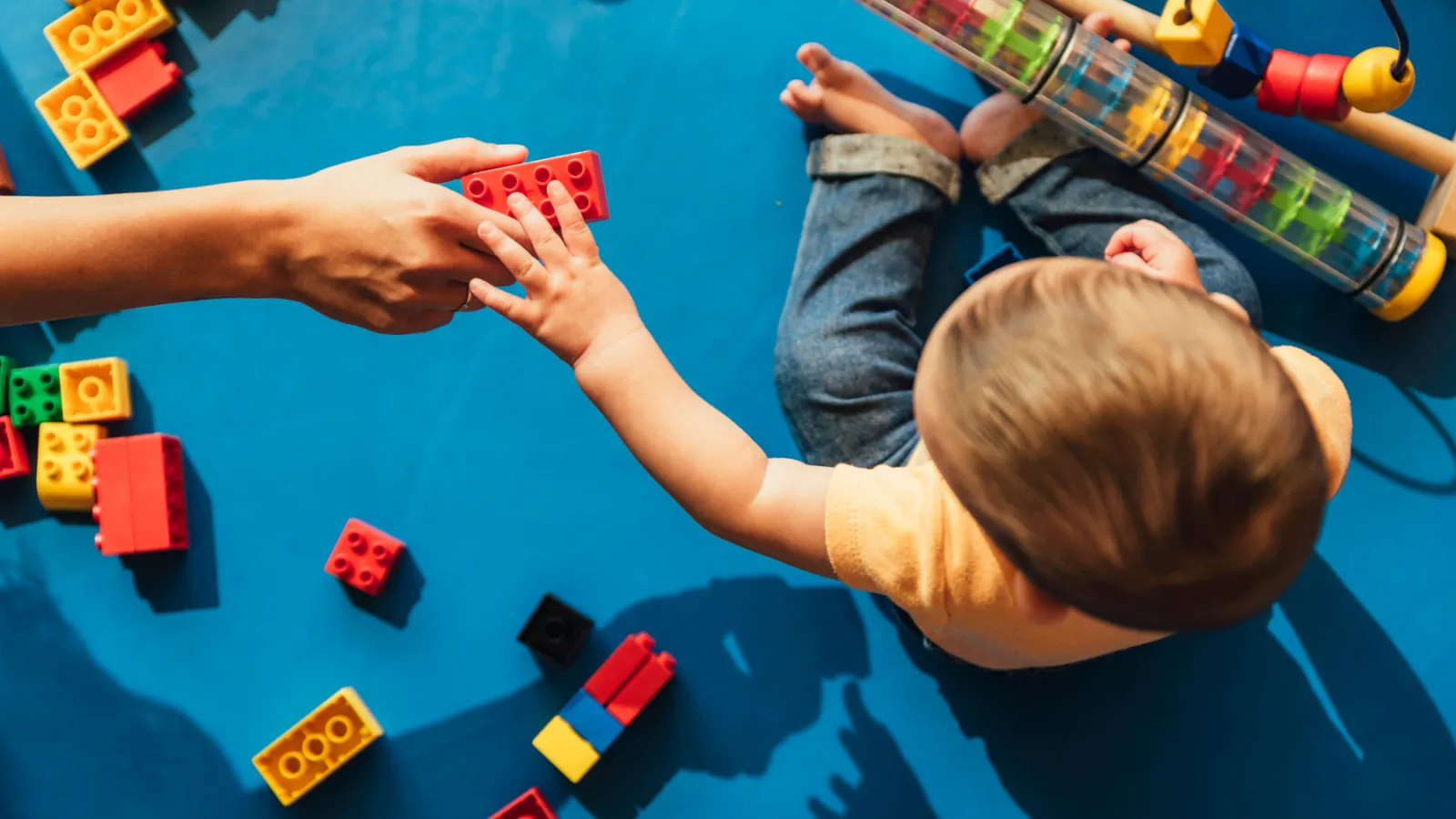Banner

Title
resources
Resource Library
Our Resource Library contains materials and assistance for early childhood educators and those they serve. Explore our selection of podcasts, tip sheets, websites, documents, and self-study courses.
Results: Page 18 of 24
| Resource Name | Description | Resource Type |
|---|---|---|
| Recurso Sobre Fondos para Apoyar el Cuidado de Niños con Necesidades Especiales de Minnesota (Funding Resources to Support Children with Special Needs) | Esta hoja de consejos destaca los recursos de financiación disponibles, incluidos los específicos del estado de Minnesota, para apoyar el cuidado de niños con necesidades especiales. This tip sheet highlights funding resources available, including those specific to the state of Minnesota, to support the care of children with special needs. | Tipsheet |
| Red Flags and Referral | Details signs the child is not moving along expected developmental pathways and how to refer them for further testing and observation. | Tipsheet |
| Relaciones con las familias (Relationships with Families) | Estrategias de comunicación para ayudar a los cuidadores a construir relaciones positivas con las familias de los niños en su programa. Communication strategies for helping caregivers build positive relationships with the families of the children in their program. | Tipsheet |
| Relationships with Families | Communication strategies for helping caregivers build positive relationships with the families of the children in their program. | Tipsheet |
| Relaxation Techniques for Child Care Providers | This tip sheet highlights some practical strategies to facilitate relaxation for caregivers and educators. | Tipsheet |
| Responsiveness to Individual and Group Needs | Stresses the importance of getting to know the unique and individual needs of each infant and toddler. | Tipsheet |
| Rutinas seguras y saludables para la siesta (Safe and Healthy Naptime Routines) | Orientación para ayudar a los proveedores a planificar y crear un entorno que favorezca un sueño seguro y saludable.Guidance to help providers plan for- and create an environment to support safe and healthy sleep. | Tipsheet |
| Safe and Healthy Naptime Routines | Guidance to help providers plan for- and create an environment to support safe and healthy sleep. | Tipsheet |
| Satisfacer las Necesidades de Varias Edades en el Cuidado Infantil Familiar (Meeting the Needs of Multiple Ages in Family Child Care) | Esta hoja de consejos ayudará a los proveedores a reconocer y cuidar a cada niño como un individuo con capacidades únicas, al tiempo que unifica los indicadores a través de las edades de los niños bajo su cuidado.This tip sheet will help providers recognize and care for each child as an individual with unique capabilities while unifying indicators across ages of the children in their care. | Tipsheet |
| Screen Time | This tip sheet explores the impact of screen time on young children and provides strategies to help support parents in reducing screen time at home. | Tipsheet |
Results: Page 18 of 24